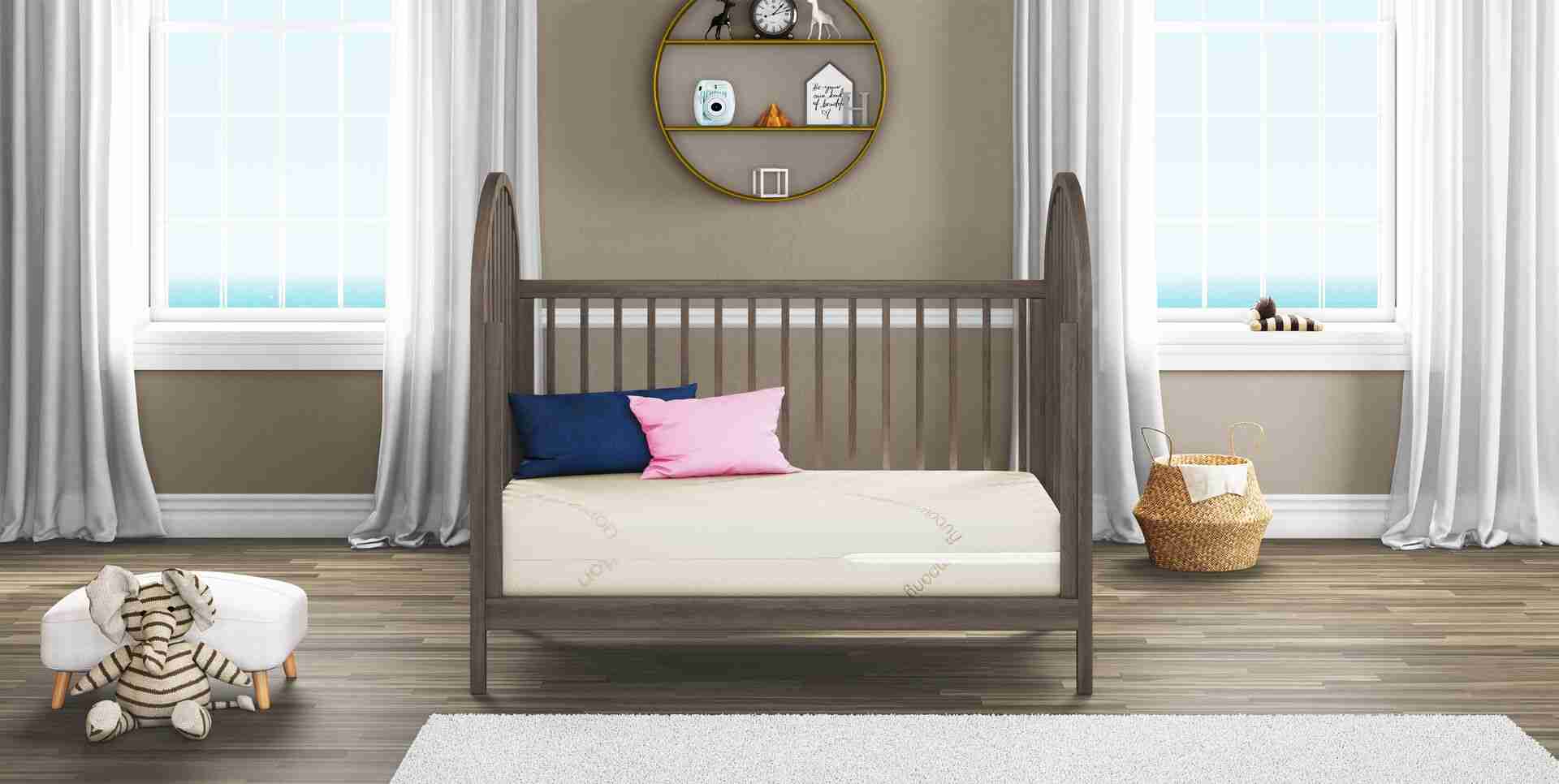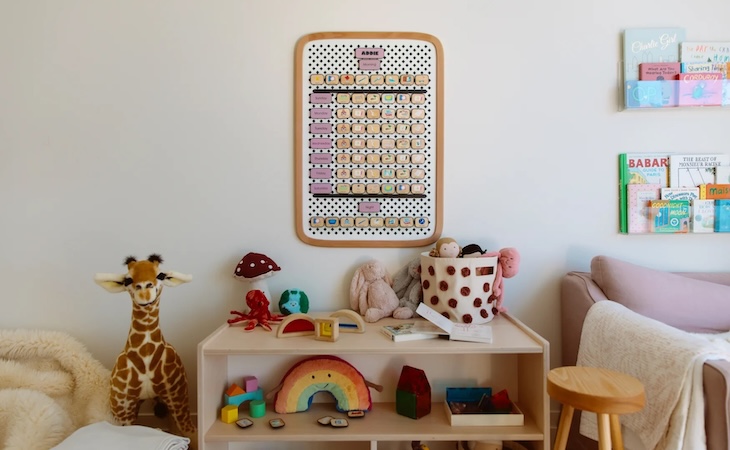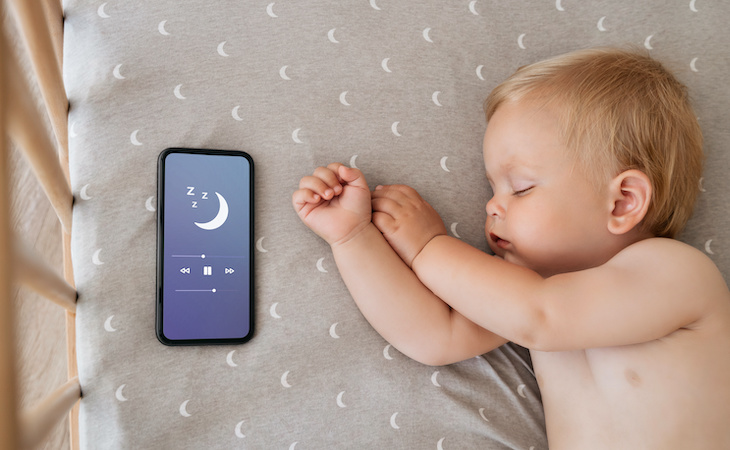Babies need a lot of sleep. However, falling asleep may not come naturally to them in these early months. Your infant may feel overtired, not be tired enough, or may not have developed their circadian rhythm yet.
If you’ve spent time on parenting forums or social media, you may have heard the term wake windows. Identifying your baby’s wake windows can help you promote the right sleep environment for your infant.
But what is a wake window, exactly? This article will explore everything you need to know about newborn wake windows and the ideal wake windows by age.
What are wake windows?
Most babies sleep up to 16 to 18 hours a day, often during periods of one to two hours at a time. That’s perfectly normal.
The term “wake windows” is a more recent expression, but it’s not a modern idea. The wake window “is a period of time in which a newborn can tolerate being awake without overtiredness setting in,” says Dana Obleman, creator of The Sleep Sense™ Program.
A wake window is a period of time during which a newborn can tolerate being awake between sleep sessions without getting overtired.
Why are wake windows important?
Your infant typically develops a normal sleep cycle at around 6 months old. However, taking advantage of these wake windows can help you identify when your infant is ready to fall asleep again. This is especially important as infants can struggle with falling asleep independently.
“Babies need time awake to build enough sleep pressure to be ready to go to sleep,” says Natalie Barnett, PhD, vice president of clinical research at Nanit. “If they are not tired enough to go to sleep or if they are overtired, it can be much harder to put them to sleep.”
Do wake windows include feeding?
Your baby’s wake window should include feedings. In fact, most newborns need to eat every two to three hours or even every hour, otherwise known as “cluster feeding.”
Pay attention to your baby’s hunger signs, such as putting their hands to their mouth, turning their head toward a breast or bottle, or puckers, smacks, or licking their lips.
Infants younger than 1-month-old may not wake on their own for a feeding, so after three hours during the day of their last feeding or four hours at night, you may need to wake them up for a feeding.
As your infant grows, the frequency of feedings will typically decrease—although consumption will increase—and the waking window will become longer.
What to do during a newborn wake window
While feedings are a crucial part of wake windows, they should be complemented with other activities.
After the feeding, Obleman says that “having some interaction with other family members or some tummy time can be great for everyone in the family.”
The American Academy of Pediatrics recommends incorporating tummy time to encourage proper development as early as 7 weeks old.
Barnett adds that simply “sitting with your baby and looking into their eyes and talking to them is one of the best loveliest activities you can do.”
Another activity you can do is to put your baby in a bouncy chair on the floor so they can watch you or other family members go about your day, she says.
“They can watch you cook, watch their siblings coloring, and hear you talking to your partner,” says Barnett. “All of these activities are fascinating to a new baby and can tire them out.”

Wake windows by age
Wake windows will vary by age, baby, and even time of day. However, below is a quick reference guide provided by Obleman. The length of time your baby is awake according to their age can help you with identifying their waking windows.
- From birth to 6 weeks old: At this age, your little one will sleep roughly 15 to 18 total hours per day and 10 to 12 hours at night. Their time awake is about 45 minutes to an hour.
- 6 to 10 weeks old: As your little one gets older, their hours of nighttime sleep will generally stay the same; however, their daytime sleep may decrease to 12 to 16 hours total. Their length of time awake is about one hour to one and a half hours total per day.
- 11 to 15 weeks: Your baby’s awake time is about one and a half hours at this age. Their daytime and nighttime length of sleep generally will stay the same.
- 4 to 5 months: At this age, your baby’s awake time is about two hours. They may be sleeping less during the day, at an average of 12 to 15 hours.
- 6 to 7 months: By 6 months old, your baby should have a lengthier awake time of about two and a half to three hours. They’ll likely sleep about 12 to 15 hours total during the day and about 10 to 12 at night.
- 8 to 10 months: At around this age, the baby will have about three hours of awake time, with total hours spent sleeping during the day around 12 to 14 hours. Their nighttime sleep time will be around 10 to 12 hours.
- 11 to 12 months: At nearly 1 year old, your baby will have about three and a half up to four hours of awake time. They’ll have roughly the same amount of nighttime sleep and daytime sleep.
- 13 to 18 months: At this point, your little one will have more predictable nap schedules and spend about four and a half to five and a half hours awake. “By the age of 18 months, most children are on a fairly predictable schedule of taking one day time [nap] after lunch and going to bed reasonably early somewhere between 7 and 8 pm,” says Obleman.
FAQs
What is the purpose of wake windows?
As the name implies, a wake window allows you to identify the periods during the day when your infant is awake. It starts with the moment they’re out of the crib to when they’re back in the crib, asleep again. Identifying these windows helps you identify when it’s time for a nap or for bedtime sleep.
It also helps your little one avoid becoming overly tired, which can lead to overstimulation and result in them not falling asleep easily. As your baby ages, this wake window will change, gradually becoming longer, until a more predictable sleep-wake cycle emerges.
Is it OK to not follow wake windows?
Every baby is different—and your little one may not fall into predictable wake window time frames. “There will be times when you can’t [follow wake windows], which might mean your baby needs to catch up on sleep during their sleep episode,” says Barnett.
However, “It’s going to make everyone’s lives easier and better if you generally follow your baby’s wake windows and sleep cues,” she adds.
What happens if wake windows are too long?
If a wake window is too long, your baby may become overtired, which can lead to a hard time falling asleep and staying asleep.
“Surprisingly, with newborn babies, their awake window is roughly 45 minutes—meaning that after 45 minutes, they may start getting fussy and irritable because they are becoming overtired,” says Obleman.
You’ll want to avoid stretching out the wake window too long and learn to spot signs of your infant becoming tired.
At what age do you stop wake windows?
Once your baby is on a nap schedule of one per day, you generally no longer need to identify their wake windows. This typically happens between 15 to 18 months.
Your little one can stay awake for longer periods, and you can transition to a more consistent daytime routine. However, it’s still beneficial to identify sleep cues in your child and pay attention to whether they are ready for one nap per day.





